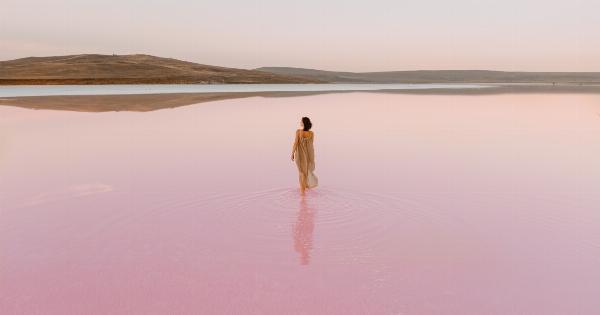If you’re a woman, chances are you’ve heard about mammograms. This imaging test is a crucial tool for detecting breast cancer early, when it’s easier to treat and more likely to be curable.
But for women with dense breasts, getting an accurate mammogram can be more difficult. In this guide, we’ll explore what mammography is, how it works, and what to expect during the test.
We’ll also look at why having dense breasts can affect mammography results and what you can do to ensure you’re getting the best possible screening for breast cancer.
What is Mammography?
Mammography is a type of X-ray imaging that’s used to examine the breast tissue for signs of cancer or other abnormalities. During the test, the breast is compressed between two plates while an X-ray machine takes pictures from different angles.
The images produced by mammography can show very small changes in breast tissue, which can be an early sign of cancer.
Why is Mammography Important?
Mammography is a crucial tool for detecting breast cancer early, before any symptoms appear. When breast cancer is detected early, it’s easier to treat and more likely to be cured.
In fact, the five-year survival rate for women with early-stage breast cancer is around 99 percent. By comparison, the five-year survival rate for women with advanced-stage breast cancer is around 26 percent.
What are Dense Breasts?
Breast density refers to the amount of glandular tissue in the breast relative to the amount of fatty tissue. Women with dense breasts have more glandular tissue, which can make it more difficult to detect small changes in breast tissue on a mammogram.
In addition, dense breast tissue can sometimes look like suspicious lumps, which can lead to false alarms and unnecessary biopsies.
How Does Breast Density Affect Mammography Results?
Having dense breasts can make it more difficult for a mammogram to detect small changes in breast tissue. This is because dense breast tissue appears white on a mammogram, which can make it harder to spot small abnormal growths or tumors.
As a result, women with dense breasts may be more likely to have false-negative results on a mammogram, meaning that breast cancer is present but is not detected by the test.
What Can You Do if You Have Dense Breasts?
If you have dense breasts, there are several steps you can take to ensure you’re getting the best possible screening for breast cancer:.
- Talk to your doctor. If you have dense breasts, your doctor may recommend additional screening tests, such as ultrasound or MRI scans, in addition to mammography. Be sure to ask your doctor about your breast density and what additional tests might be recommended.
- Keep up with your regular mammograms. Despite the limitations of mammography for women with dense breasts, it’s still a crucial tool for detecting breast cancer. Be sure to schedule your regular mammograms as recommended by your doctor.
- Be aware of your breast tissue changes. If you notice any changes in your breast tissue, such as a lump or thickening, be sure to tell your doctor right away. It’s important to note that breast cancer can still be detected on a mammogram, even in women with dense breasts.
What to Expect During a Mammogram?
When you arrive for your mammogram, you’ll be asked to undress from the waist up and put on a gown. The technologist will position your breast on a platform and then compress it between two plates.
The pressure from the compression can cause some discomfort, but it only lasts a few seconds. The technologist will take several pictures of each breast from different angles, and the whole process typically takes around 30 minutes. You’ll receive your results within a few weeks.
Conclusion
Mammography is an essential tool for detecting breast cancer early, but its accuracy can be affected by breast density. If you have dense breasts, be sure to talk to your doctor about additional screening tests that may be recommended.
And remember, despite the limitations of mammography for women with dense breasts, it’s still a crucial part of breast cancer screening and could save your life.




















